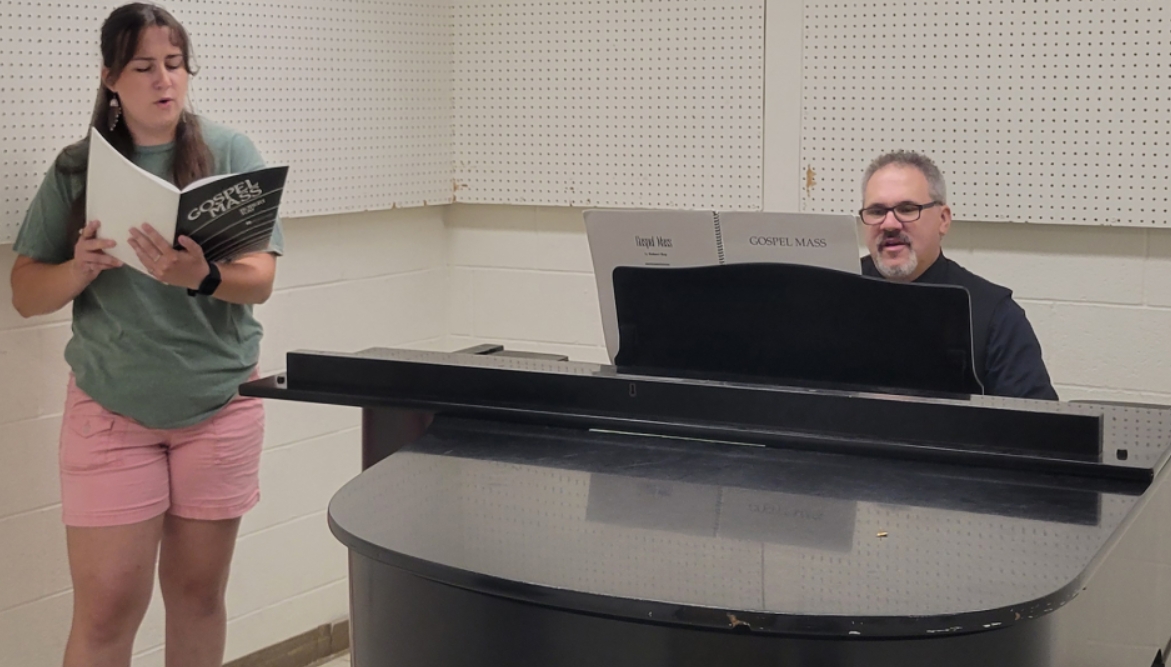By Daniel Morgan, Advertising Manager
After an almost decade-long journey spanning more than three billion miles, NASA’s New Horizons spacecraft made its closest approach to Pluto on Tuesday, July 14, 2015 at 7:49 a.m. ET.
The spacecraft came within 7,750 miles above the dwarf planet’s surface, which is about the same distance between New York and Mumbai, India.
This is the first space mission in history to explore a world so far from Earth. Not only does this feat speak volumes for NASA, but it solidifies the United States’ undeniable role as the leader in space exploration.
“The exploration of Pluto and its moons by New Horizons represents the capstone event to 50 years of planetary exploration by NASA and the United States,” said NASA Administrator Charles Bolden. “Once again we have achieved a historic first. The United States is the first nation to reach Pluto, and with this mission has completed the initial survey of our solar system, a remarkable accomplishment that no other nation can match.”
So far, the photos have been sharp enough for scientists to better determine Pluto’s diameter, which is now estimated at 1472 miles. This makes Pluto the largest object in the Kuiper Belt.
Since Pluto was discovered in 1930 by Clyde Tombaugh, the accolades from this mission prove just how far this country has come in terms of science and technology.
“Pluto was discovered just 85 years ago by a farmer’s son from Kansas, inspired by a visionary from Boston, using a telescope in Flagstaff, Arizona,” said John Grunsfeld, associate administrator for NASA’s Science Mission Directorate in Washington. “Today, science takes a great leap observing the Pluto system up close and flying into a new frontier that will help us better understand the origins of the solar system.”
New Horizons is the fastest spacecraft ever launched as it is speeding through Pluto’s system at 30,000 mph. A particle as small as a grain of rice could potentially incapacitate it. However, there have been no problems with the mission since the spacecraft’s departure in 2006.
New Horizons is currently in a data-gathering mode, and it will not be able to contact its flight controllers at the Johns Hopkins University Applied Physical Laboratory (APL) in Laurel, Maryland until about 9 p.m.
Once New Horizons reconnects tonight, it will take a reported 16 months to send all of its cached data back to Earth.
“After nearly 15 years of planning, building, and flying the New Horizons spacecraft across the solar system, we’ve reached our goal,” said project manager Glen Fountain at APL. “The bounty of what we’ve collected is about to unfold.”
You can follow the New Horizons’ mission and join the conversation on Twitter by using the hashtag #PlutoFlyBy or by going to the mission’s Facebook page. For more information, visit here and here.







